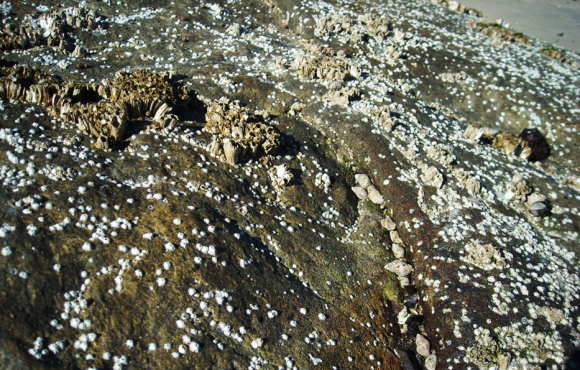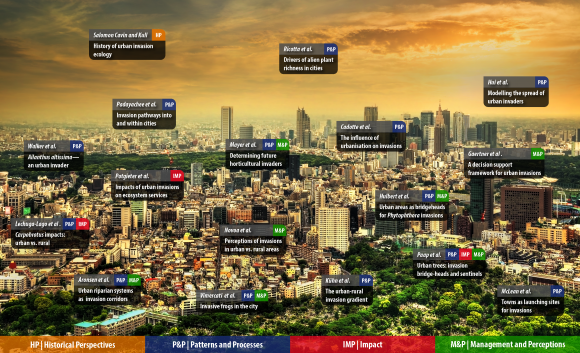22 November 2021 | By Blair Cowie
A recent study conducted by former C·I·B PhD student Dr Blair Cowie, under the supervision of C·I·B Core Team member Prof Marcus Byrne at the University of the Witwatersrand, investigated the invasion dynamics of Parthenium hysterophorus in Lowveld savanna reserves with differing stocking rates.
Parthenium continues to be a highly threatening invasive annual weed in South Africa, with much of the country still susceptible to its invasion. At present, the weed is rampant amongst the Lowveld region, particularly within its savannas and rangelands. The intensive usage of these areas for sustaining and rearing domestic livestock and wild game remains a common practice, and one which is suggested to facilitate the invasion of Parthenium. The high levels of disturbance and grazing appear to allow Parthenium to thrive, subsequently forming dense stands which can outcompete and exclude (allelopathy) surrounding flora and remain unpalatable and toxic to any domestic or wild herbivores.
To gain better insight into its invasion dynamics, two neighbouring savanna reserves, with similar levels of Parthenium invasion but differing stocking densities (i.e., over- and understocked), were selected and assessed seasonally over a four-year period.
Overall, the main findings highlighted that overstocking exacerbates Parthenium invasion, resulting in greater densities of the weed with increased seed set and the formation of large persistent seedbanks. Whereas understocking appears to limit the Parthenium invasion and its associated impacts, with a gradual decline in the weed’s density along with a slight recovery in native vegetation communities, both above-ground and within the local seedbank.
“Although more research needs to be done within the South African context, these findings serve as a stark warning of the detriment Parthenium invasions pose, particularly in intensively utilised natural areas. Promisingly, it appears the invasion and impact of Parthenium may be limited, to some extent, through land management practices that aim to promote or conserve high levels of natural vegetation cover,” said Blair Cowie. He adds, “More broadly, this research highlights the responsibility that land managers, and their decisions, hold in limiting or facilitating invasions by noxious annual weeds.”
Read the full paper in South African Journal of Botany
Cowie, B.W., Byrne, M.J. & Witkowski, E.T. 2022. Small-scale insights into the above-and below ground invasion dynamics of Parthenium hysterophorus in a South African savanna: The potential role of stocking rate. South African Journal of Botany, 144: 229-237. https://doi.org/10.1016/j.sajb.2021.08.035
Read a related paper that explores the potential to restore Parthenium invaded savannas and rangelands using native grass seed.
Cowie, B.W., Byrne, M.J. & Witkowski, E.T. 2021. Feasible or foolish: Attempting restoration of a Parthenium hysterophorus invaded savanna using perennial grass seed. Journal of Environmental Management, 280, p.111686. https://doi.org/10.1016/j.jenvman.2020.111686
For more information, contact Blair Cowie at blair.cowie.bc@gmail.com




